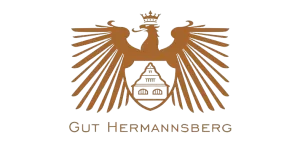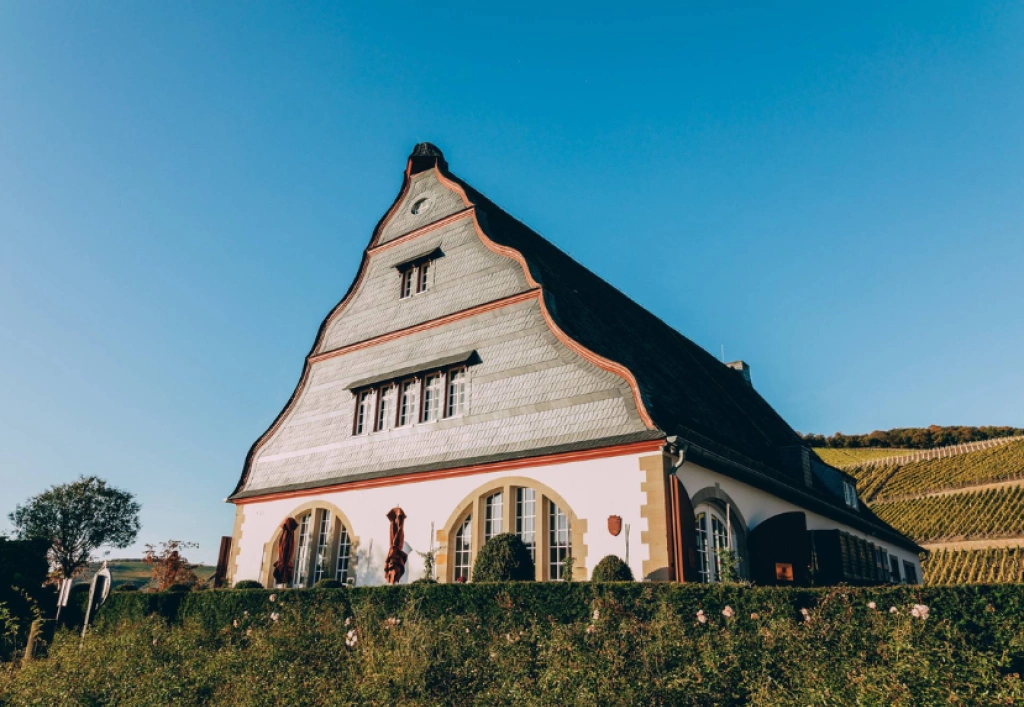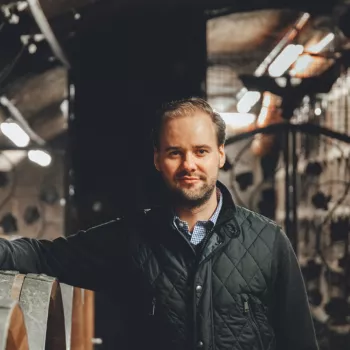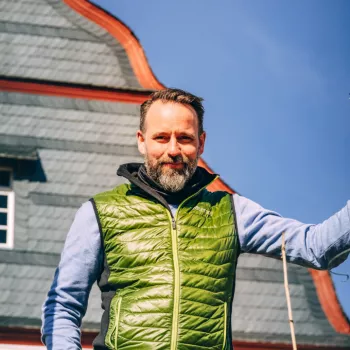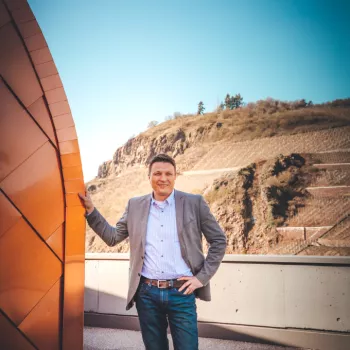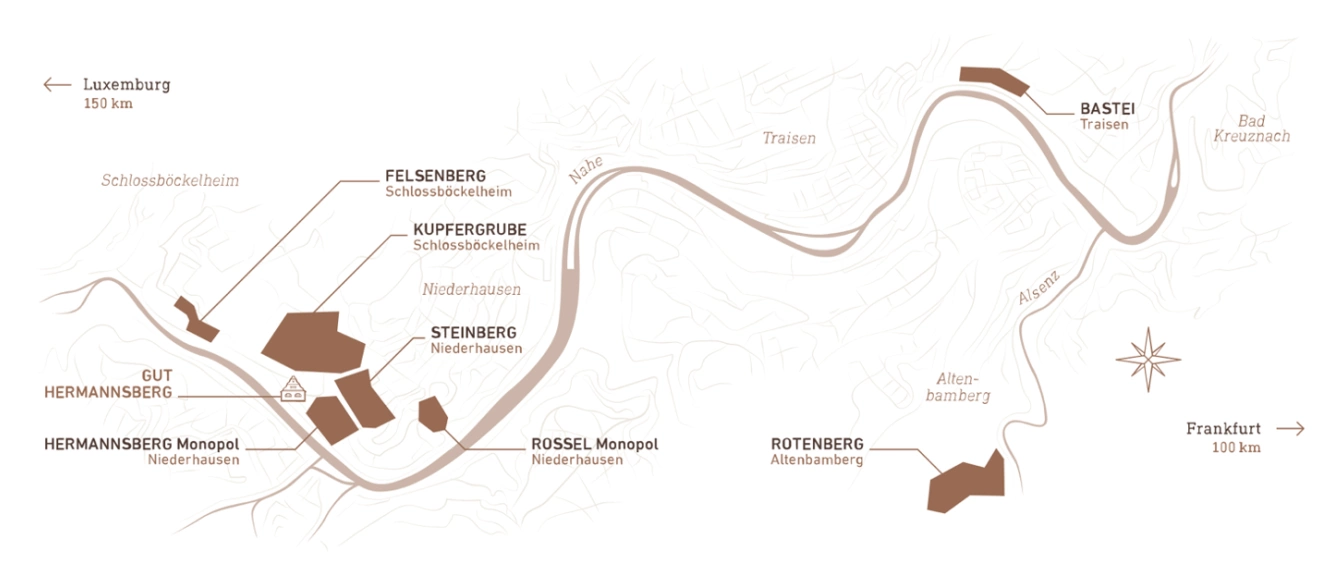Rotenberg
VDP.GROSSE LAGE® Rotenberg, part of the Alsenztal side valley of the Nahe, is the most distant, steepest and highest vineyard of Gut Hermannsberg. Its south-facing slopes overlook the village of Altenbamberg with the picturesque Altenbaumburg castle on the opposite side of the valley. The slopes here are even steeper and higher than in the Nahe. The soils, formed during the Rotliegend era some 280 million years ago, are interspersed with rhyolite, formerly known as quartz porphyry. This unique mineral composition gives the wines of the Rotenberg their special character. A gentle breeze caresses the cooler heights, contributing to their unique character and ensuring a continuous, slow and long growing season for the grapes – terroir conditions that are becoming increasingly rare and valuable. The soil gives the dry Riesling GGs a smoked character interwoven with fine stone fruit and citrus flavours.
Size: 5.64 ha
Hermannsberg estate share: 4.5 ha
Soil: Volcanic rhyolite, weathered clay slate
Altitude: 250-350m above sea level
Exposure: south
Slope gradient: up to 75%
Vine age: 25-65 years
Stone content: 58%
First vintage: 1958
